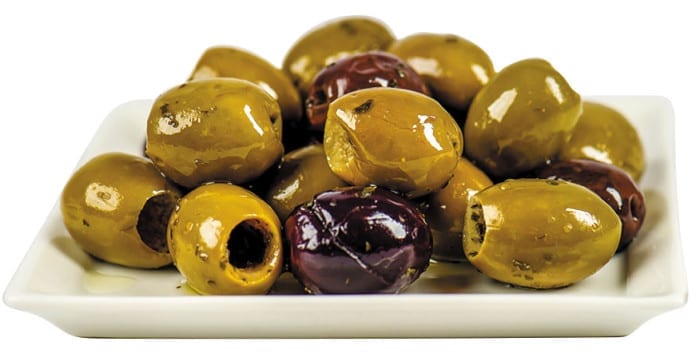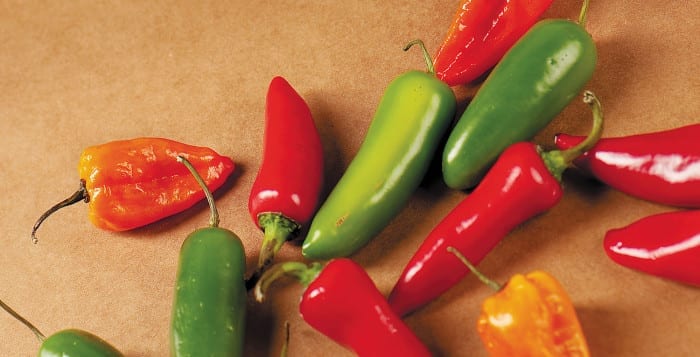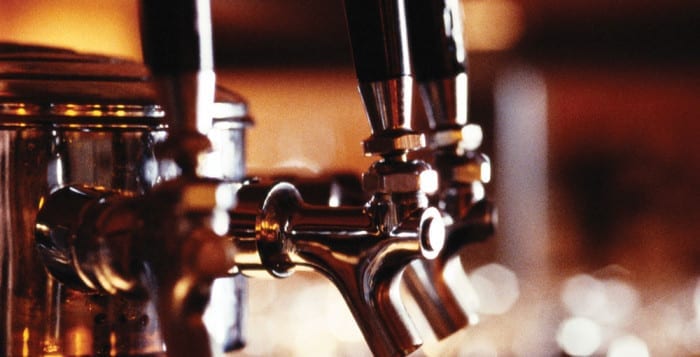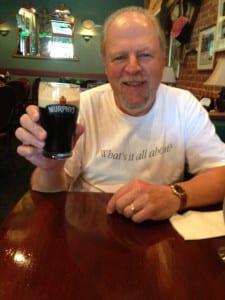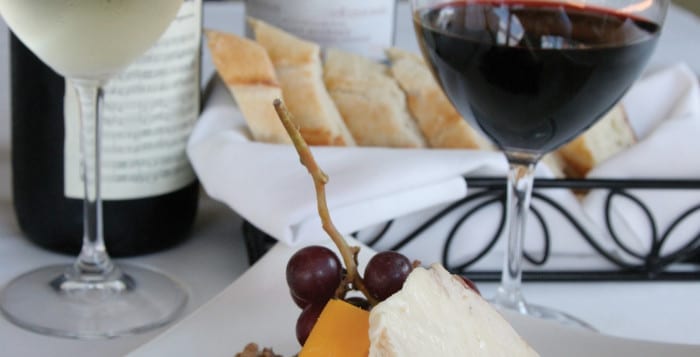By Bob Lipinski
Every Mediterranean country, in addition to California, and even Chile and Argentina, grow olives and produce various types of olive oil, including the much-praised “extra-virgin oils.” They are available in local supermarkets, as well as gourmet shops, and even stores specializing in these green-gold colored offerings.
Extra-virgin oil comes from a cold, first-pressing of olives, crushed using the traditional millstone method. The oil that comes from this first cold-pressing qualifies as extra-virgin if it contains not more than 0.8 percent of oleic acid. This cold-pressing method also produces an olive oil that retains both its intense natural aroma and a delectable flavor. Extra-virgin olive oil must also meet other high standards of flavor, color, and aroma. The color of an extra-virgin olive oil usually ranges from a deep golden to dark green; color however, is no indication of quality.
Extra-virgin olive has a low smoking point and is not recommended for frying and especially not deep-frying. Add it after cooking to finish a dish and add a rich, deep, fruity-olive flavor. In a shallow bowl, I like to add one cup extra-virgin olive oil, a head of mashed roasted garlic, grated parmigiano-reggiano cheese, fresh black pepper, a hint of salt and hot pepper flakes. I mash it all up and spread over freshly toasted bread with a glass of red wine.
Balsamic vinegar is not wine vinegar, but rather vinegar made from the juice of freshly pressed grapes that is filtered and boiled, with no fermentation taking place during the process. After the juice has been reduced, it is aged in various types and sizes of barrels, for many years. Some of the barrels used are oak, chestnut, ash, cherry, and even mulberry, each imparting a different flavor and subtle nuance. These red-brown, pungent vinegars with a robust, sweet-sour flavor have been made in Modena, Emilia-Romagna, Italy for than 1,000 years.
Balsamic vinegars are great in salads, to dress grilled vegetables and meat. Older versions are great lightly drizzled over some fresh chunks of Parmigiano-Reggiano cheese or even sweet strawberries for a special treat.
With olive oil and balsamic vinegar “It’s about tasting.”
Bob Lipinski has written nine books, including “Italian Wine Notes” and “Italian Wine & Cheese Made Simple.” He conducts training seminars on Wine, Spirits, and Food; and is available for speaking engagements. He can be reached atwww.boblipinski.com or [email protected].

